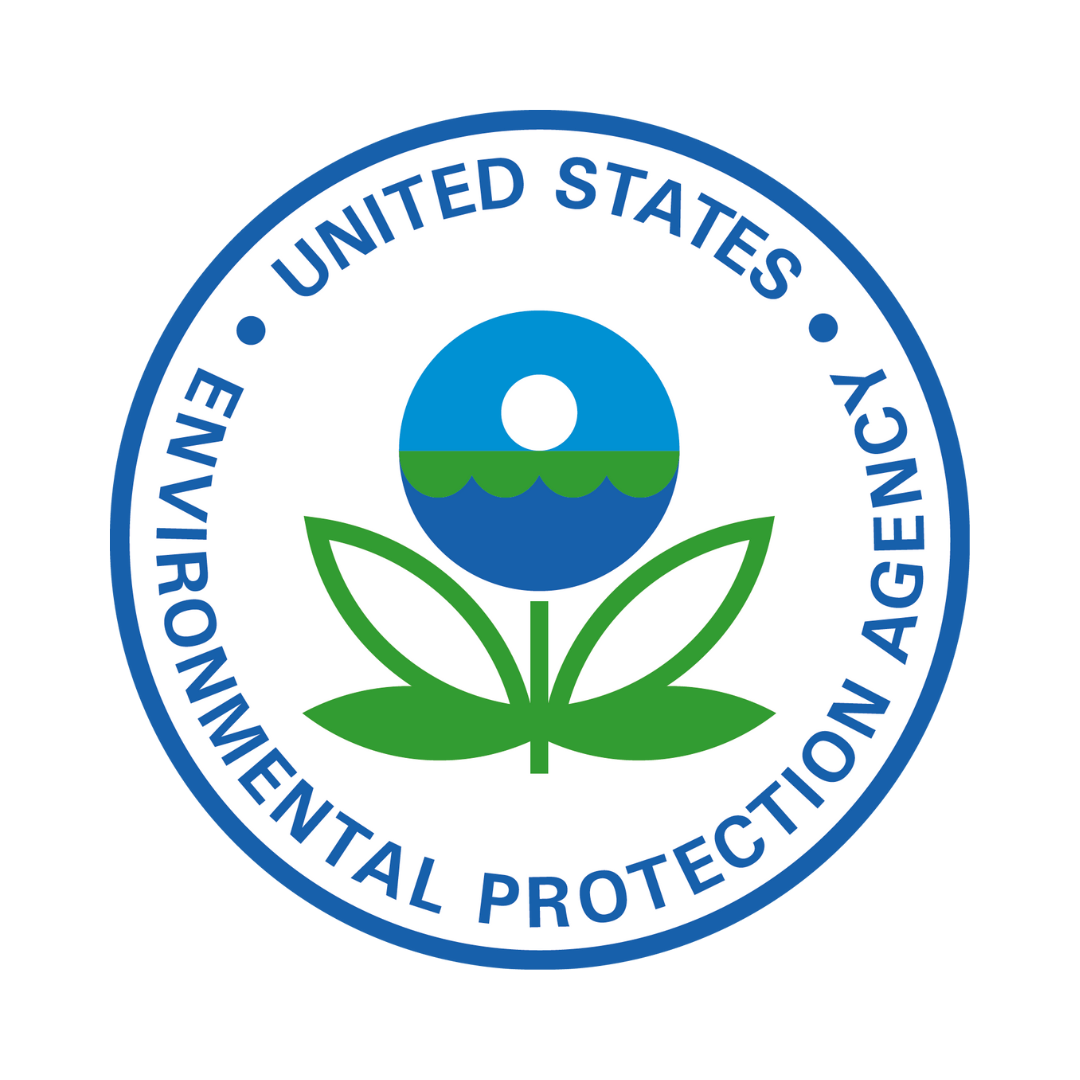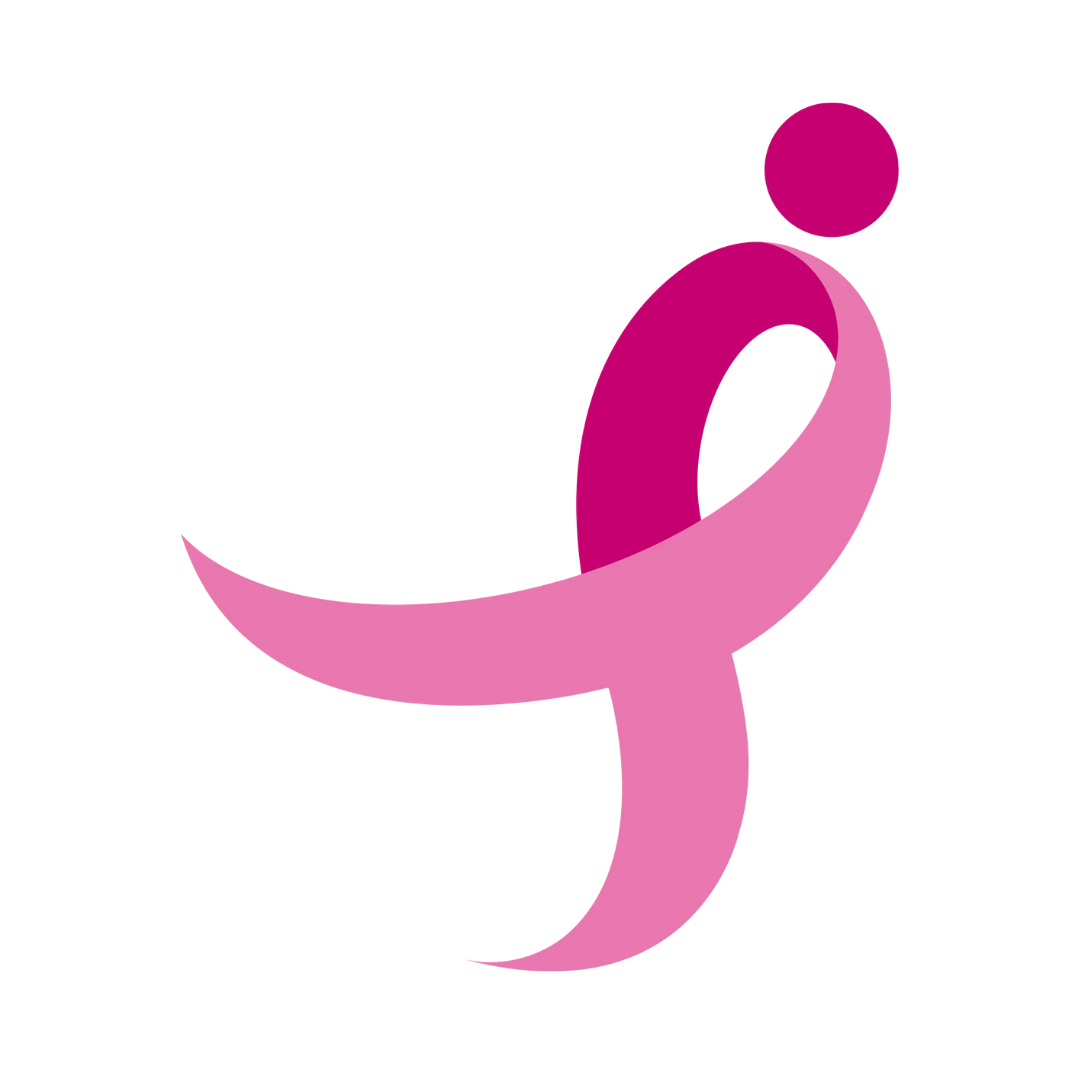Environment
& Breast Cancer
WISDOM's Research on Environmental Exposures & Breast Cancer Risk
Exposure to environmental pollutants can happen both at work and at home, where many women spend a lot of their time. Studies have shown that where a woman works and lives can affect her risk of getting breast cancer. For example, jobs that involve exposure to carcinogenic chemicals, ionizing radiation, or working night shifts are linked to an increased breast cancer risk. Women who live in highly deprived neighborhoods or areas that were historically redlined are more likely to develop more aggressive breast tumors.
One major issue is that no models of breast cancer risk consider a woman’s environmental exposures. The challenge is that we can’t easily track a woman’s past exposures. It is also expensive and impractical to test people’s fluids for chemicals over large groups. Instead, researchers are more recently using pollution data from neighborhoods as a substitute for individual exposures. For example, persistent organic pollutants, such as per- and polyfluoroalkyl substances (PFAS) in drinking water and pesticide use in agricultural neighborhoods were associated with blood concentrations of these chemicals among exposed persons.

Studies have found a connection between neighborhood-level pollution and breast cancer risk. For example, a recent study in New Castle County, Delaware found that people exposed to multiple neighborhood-level risk factors, including harmful environmental exposures that particularly affect Black communities, had a higher risk of developing triple-negative breast cancer.
There are many validated models of breast cancer risk. More recently, a number of these models have been improved by the inclusion of breast density, measured by mammogram. However, there is also an increasing body of evidence from both epidemiologic and both mechanistic and rodent studies to support the critical role of environmental exposures in the development of breast cancer. But currently environmental exposures are not generally considered in breast cancer risk assessments, nor are they incorporated into the common risk models.
Study Overview & Planned Activities
Researchers from the WISDOM Study received a grant from the US Department of Defense to conduct a sub-study on the relationship between the environment and breast cancer risk. This project seeks to improve breast cancer risk assessment models by including information about a woman’s environmental exposures at home and at work over time. To participate in this sub-study you must be a WISDOM participant.
- We will invite WISDOM participants to complete surveys about their job and residential histories.
- We will also supplement residential histories with linkages to external data sources.
- We will then estimate cumulative exposures over time and investigate the relationship with risk.
- We will also use archival saliva samples to examine whether differences in DNA methylation patterns between women who develop breast cancer and those who do not provide evidence of past exposures.
DNA methylation analysis looks at how small chemical tags, called methyl groups, attach to DNA and control whether certain genes are turned on or off. These tags don’t change the DNA sequence itself but affect how genes function, especially in response to environmental factors. Gene expression, or how genes are activated, influences traits like how our bodies respond to stress and immune function. Scientists study DNA methylation to understand how our environment and health can affect the way our genes work over time. In the case of breast cancer, abnormal methylation patterns can silence genes that normally protect against tumor growth, which can increase cancer risk. By analyzing these methylation changes, researchers can assess breast cancer risk and develop early detection methods.


How It Will Impact You: Key Information & What You Need to Know
Participants will be asked to complete two surveys – one occupational history survey and one residential history survey. The information from these surveys will not be used in participant’s current risk assessment.
Occupational History Questionnaire
This survey will ask for information about the jobs you held from age 18 years to present. Information includes job title, industry, and low long you held the job. It will also ask for info about your mother’s job history during her pregnancy with the you because research suggests that exposures in utero can affect breast cancer risk.
Depending on your job history, this questionnaire can take between 15 to 90 minutes to complete. You may find it helpful to gather your job history information before starting this questionnaire. Your resume, LinkedIn profile, or tax returns may help you remember your job history.
Here are some instructions for completing the survey.
Residential History Questionnaire
This survey will ask for the addresses and duration of residence for each place you’ve lived (age 18 years to present) for more than six months. It will also ask for your mother’s residences while she was pregnant with you. Information about where your mother lived is important because some research suggests that exposures in utero can affect future breast cancer risk.
You may find it helpful to gather your residential information before starting the questionnaire. Consider looking at past bills or tax documents and have conversations with family members and friends who have known you for many years.
Depending on your residential history, this questionnaire can take between 15 to 30 minutes to complete.
Here are some instructions for completing the survey.
Want to Learn More? Explore These Resources To Better Understand Your Environmental Exposures

Exploring Chemical Exposure for California's Women Workers
The California Breast Cancer Research Program offers an online too that assesses 161 occupations for chemical exposures in California, linked to breast cancer. While your exact occupation may not be listed, exploring similar careers can help you understand potential workplace exposures. Watch this video to learn how to use the tool: https://youtu.be/H_RyBsfid7k?si=Q2nV2_lqDnbkizUI

Breast Cancer Prevention Partners: Risk Factors
Breast Cancer Prevention Partners (BCPP) website provides education and resources about breast cancer risk factors including genetics, lifestyle choices, environmental exposures, and reproductive factors. It also offers information on prevention.

California Health Maps
California Health Maps is an interactive mapping tool useful for exploring which toxic exposures you may have had throughout your California residential history. You can map cancer incidence for 12 of the most common cancers and filter by sex, race, and ethnicity.

Silent Spring Institute: Mammary Carcinogens Review Database
Created by the Silent Spring Institute (a scientific research organization dedicated to uncovering the environmental causes of breast cancer), the Mammary Carcinogens Review Is a searchable database of 216 chemicals linked to mammary gland tumors in animal studies. It's useful for searching for specific chemicals/products and their cancer-causing potential.

TRI (Toxic Release Inventory) Toxics Tracker
This nationwide database, provided by the EPA, offers information on toxic chemicals and pollution reported by facilities. Powered by address plug-ins, it helps identify industrial facilities near your home or work that release chemicals.

Environmental Working Group
The Environmental Working Group specializes in research, education and advocacy in the areas of toxic chemicals, drinking water pollutants, harmful agricultural practices and industry loopholes that pose a risk to public and environmental health. Amongst many resources, the website includes a searchable database of thousands of household and personal products and ranks their safety.

Environmental Chemicals & Breast Cancer Risk: Komen Perspectives
This website gives a background on how environmental exposures are measured and an easy-to-understand description of common chemicals that may be associated with breast cancer risk.
Study Team & Funding
This work is led by Dr. Kimberly Badal, Assistant Professor, Department of Surgery, UCSF, in collaboration with Dr. Peggy Reynolds and Dr. Robert Harrison from UCSF’s EaRTH Center. It is assisted by Olivia Cooper, Research Assistant at UCSF, Lianna Hartmour from ZERO Breast Cancer, and UCSF Patient Advocates Diane Heditsian, Susie Brain, and Vivian Lee. This project is sponsored by the United States Department of Defense.